Whitewater rivers are one part water and one part rock, tilted downhill. No one understood this better, and explained it more clearly, than William Nealy. His book, Kayak, The Animated Manual of Intermediate and Advanced Whitewater Technique (1986, Menasha Ridge Press) is a classic. If you are unfamiliar with Nealy’s book, note the words classic and animated: classic as in still relevant and highly recommended, and animated – hand drawn and hand printed, unlike anything you would find today.
While kayaking has changed immensely since these early days, rivers have not.
It is Nealy’s understanding of “hydrotopography,” as he aptly calls it, which illustrates his brilliance and the staying power of his work. With his keen perceptions and black pen, he removes the water from the river and illustrates rapids as conveyer belts, geometric shapes and arrows. He explains better than anyone:
How well a boater can read the topography of this complex terrain and extrapolate what’s going on underneath the surface can make the difference between a good run and a bad run… Being able to look at a rapid and know what’s happening both on and below the surface…is the mark of the advanced kayaker.
Kayak is one of the earliest kayak manuals, and certainly the most read and longest lived. Nealy’s revealing illustrations informed generations of paddlers’ understanding of whitewater. This three dimensional understanding and appreciation of rivers is being lost.
New paddlers now access whitewater via DVD instruction and YouTube. Lost is the self-paced, engaging, imaginative, cerebral and committing study of written manuals such as Nealy’s.
Over the last five years or more, paddling has centred on a few familiar and well-travelled destination rivers. Boat designs have been feeding this narrowly focused park and play trend. Even institutional kayaking’s push to get newbies surfing amounts to minimizing a river to only its play spots.
In this new paddling world, scouting is optional and therefore becoming a lost skill.
The ability to analyze the current and understand the rocks and riverbed below is being overlooked for superficial, immediately self-gratifying, two-dimensional thrills.
The last couple seasons have, for the good I believe, seen a resurgence and renewed interest in river running. With river running comes exposure to different rivers and different rapids; with that comes the need to scout and develop a sense for what the current is doing. This, as Nealy believed, is best done with an understanding of what is going on beneath the surface. This three dimensional view is integral to the whole river experience.
Guiding on Idaho’s Middle Fork of the Salmon, I remember one rock in particular. It was pyramid shaped and reaching to within arm’s length beneath the surface of the fast moving, crystal clear water. Tumbling in the submerged eddy current was the material of a living river: bits of bark, dirt and bugs. In that instant, for me, the river became a three-dimensional being much greater than just the surface features with which I formerly had been preoccupied.
Nealy wrote that to understand and appreciate what goes on “both on and below the surface” is the sign of a good kayaker. I believe that when someone understands (or at least tries to understand) the whole river, that person becomes not just a good kayaker but a true river person.
Jeff Jackson is a professor of Outdoor Adventure at Algonquin College in Pembroke, Ontario. William Nealy died July 19, 2001. Kayak has sold over 250,000 copies and been translated into five languages.
 This article first appeared in the Fall 2009 issue of Rapid Magazine.
This article first appeared in the Fall 2009 issue of Rapid Magazine.




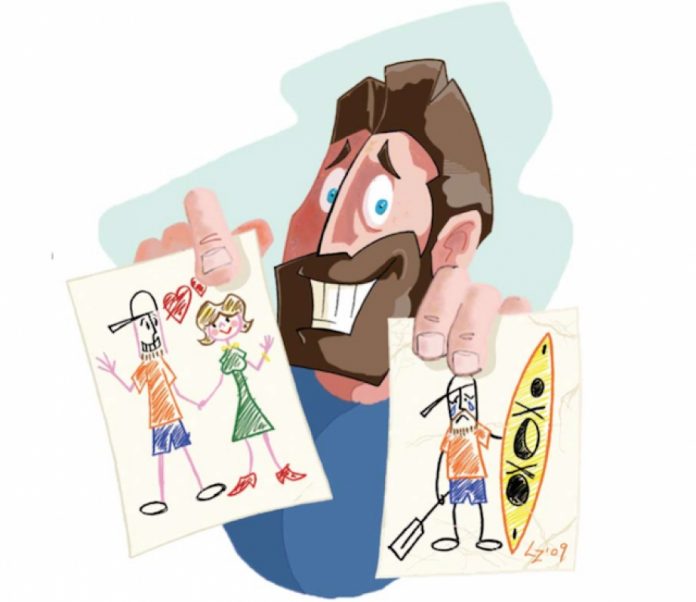
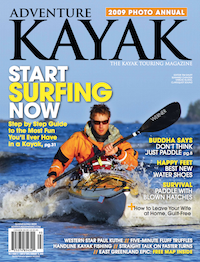 This article first appeared in the Summer/Fall 2009 issue of Adventure Kayak Magazine. For more great content, subscribe to Adventure Kayak’s print and digital editions
This article first appeared in the Summer/Fall 2009 issue of Adventure Kayak Magazine. For more great content, subscribe to Adventure Kayak’s print and digital editions 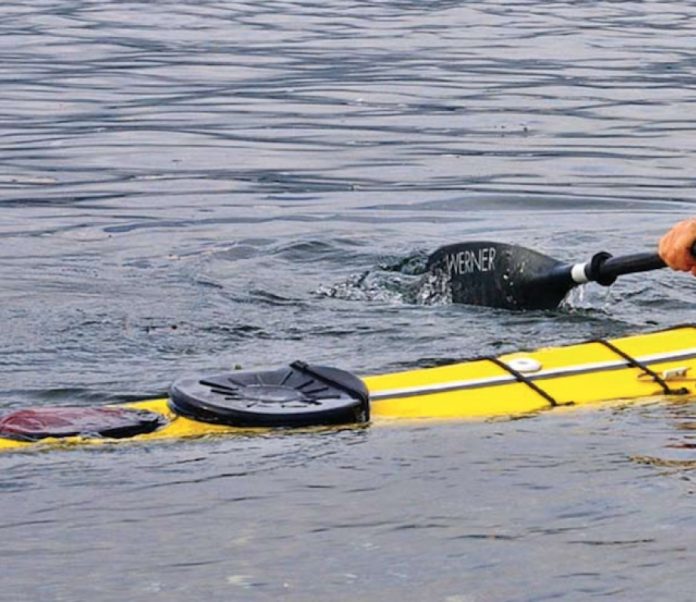

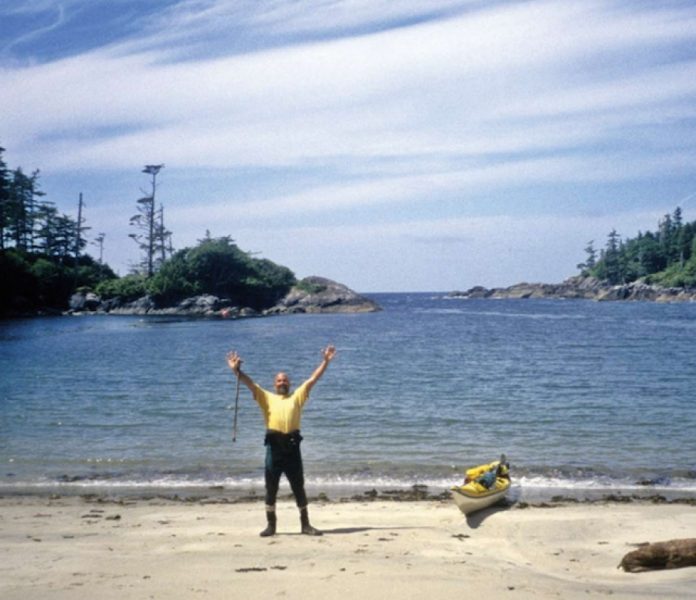
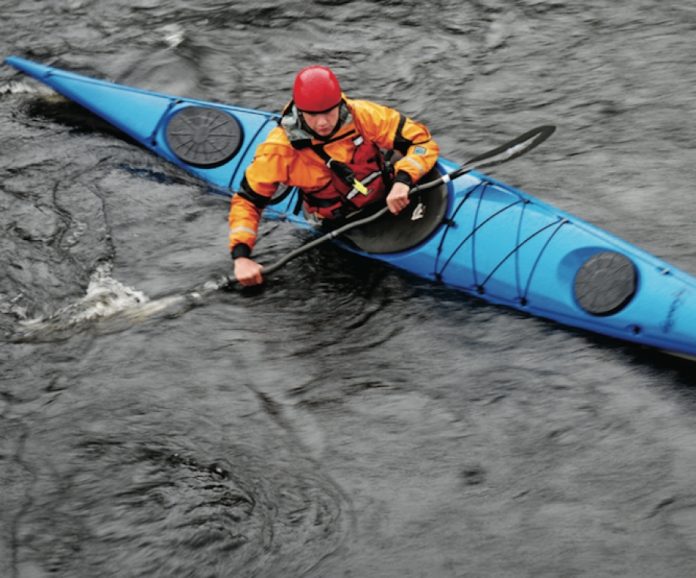
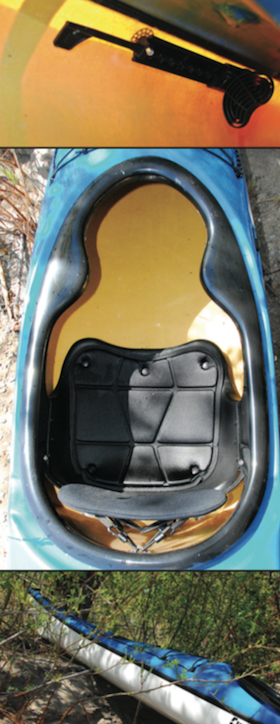 KEVLAR, KEVLAR, EVERYWHERE
KEVLAR, KEVLAR, EVERYWHERE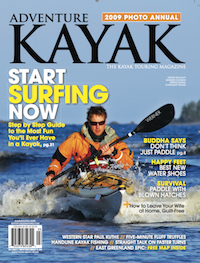 This article first appeared in the Fall 2009 issue of Adventure Kayak magazine. For more boat reviews, subscribe to Adventure Kayak’s print and digital editions
This article first appeared in the Fall 2009 issue of Adventure Kayak magazine. For more boat reviews, subscribe to Adventure Kayak’s print and digital editions 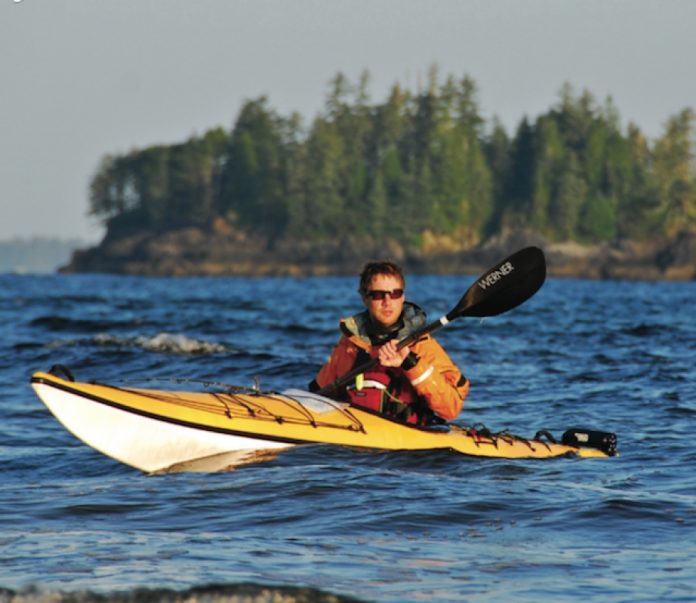
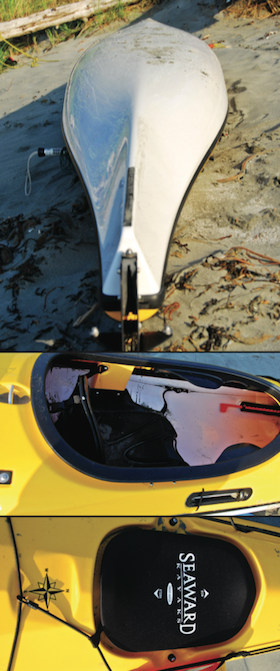 Wide bodied watercraft
Wide bodied watercraft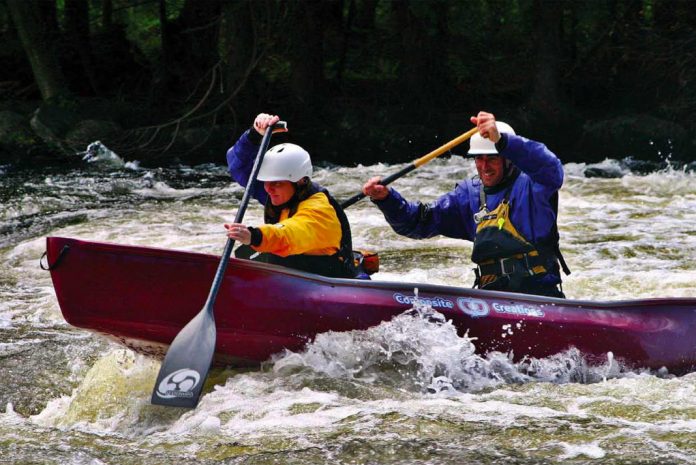
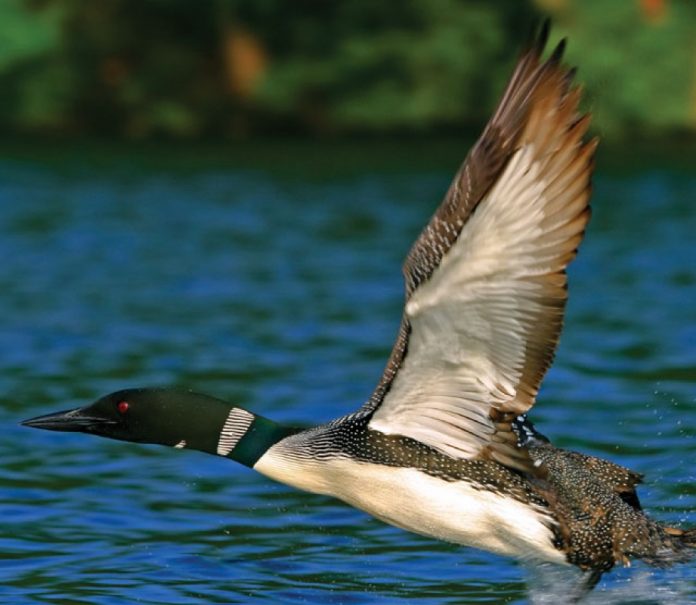
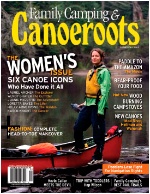 This article first appeared in the Summer/Fall 2009 issue of Canoeroots Magazine.
This article first appeared in the Summer/Fall 2009 issue of Canoeroots Magazine.
 This article first appeared in the Early Summer 2009 issue of Canoeroots Magazine. For more great content, subscribe to Canoeroots’ print and digital editions
This article first appeared in the Early Summer 2009 issue of Canoeroots Magazine. For more great content, subscribe to Canoeroots’ print and digital editions 